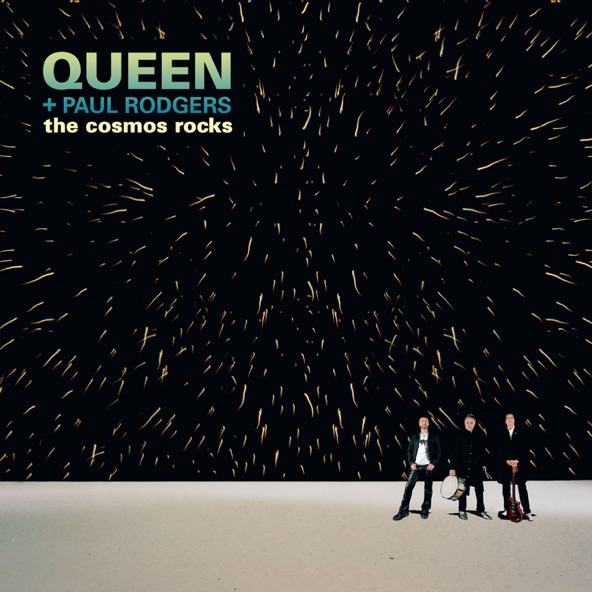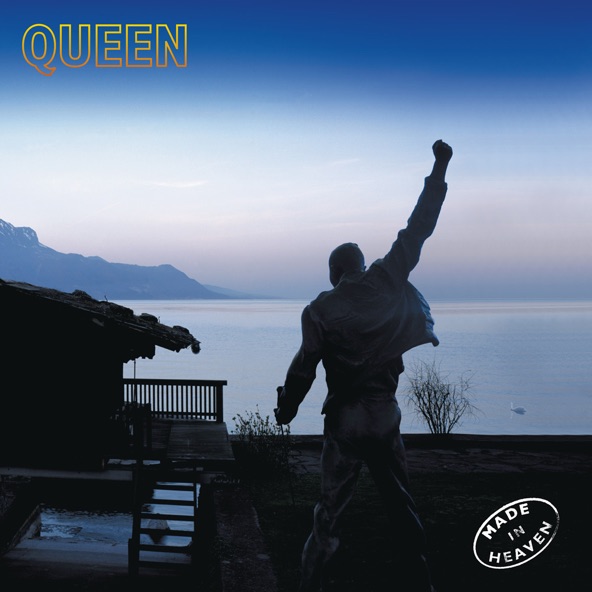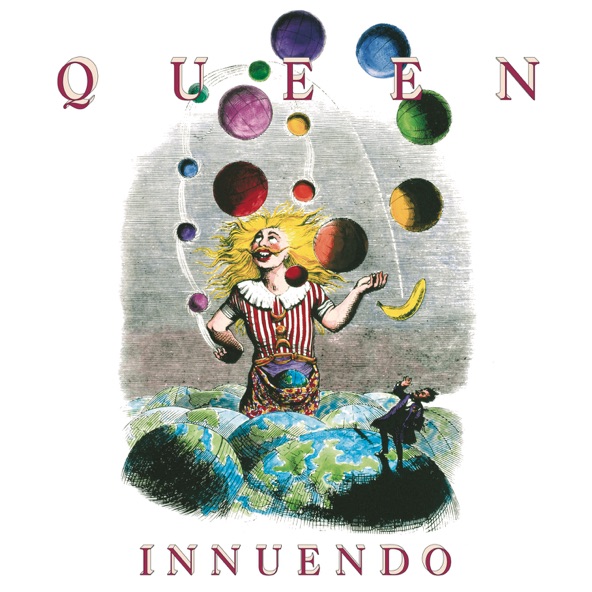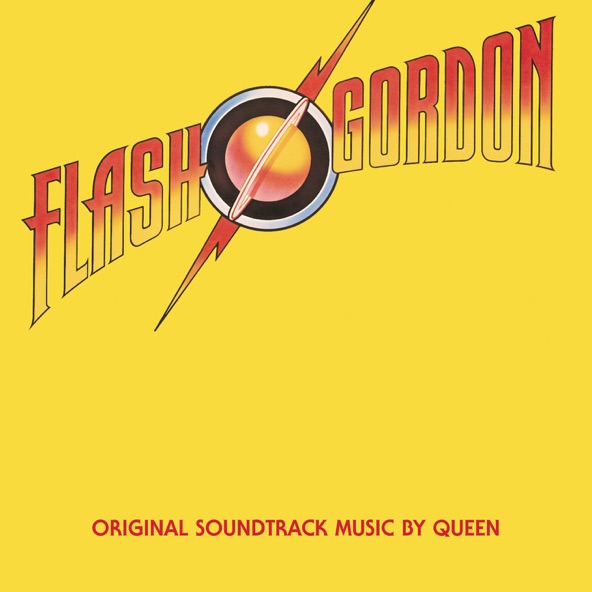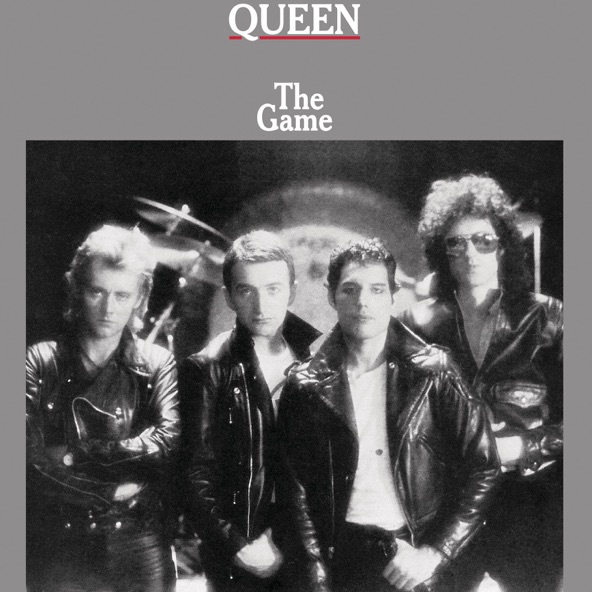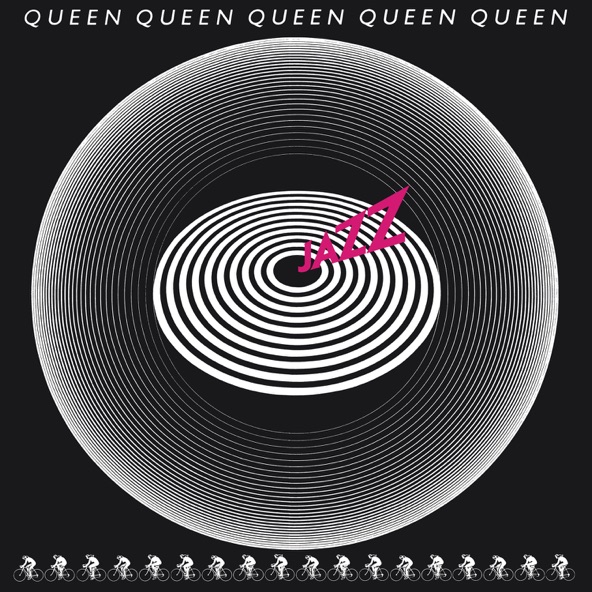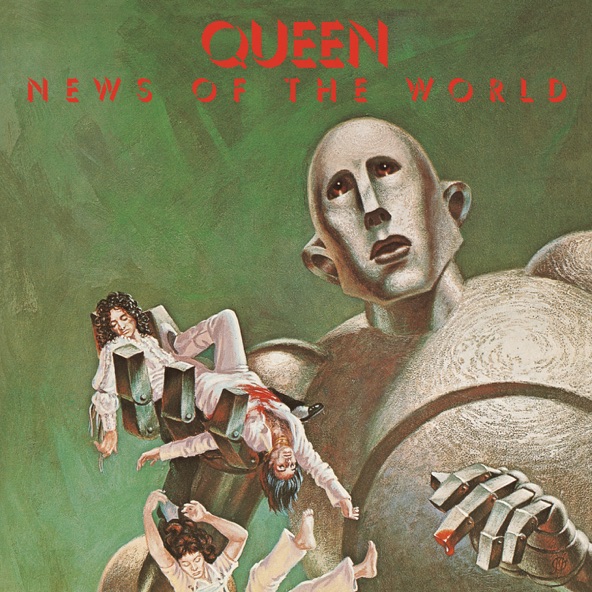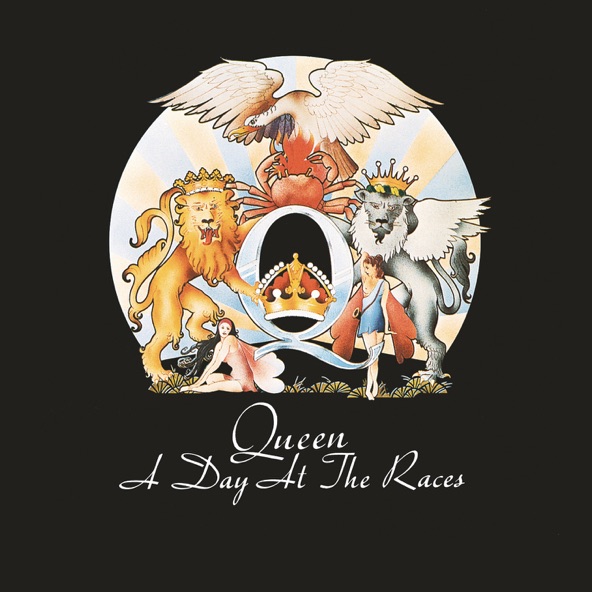
Artist
Queen
For Queen, rock was merely a jumping-off point. Packing enough pomp and grandeur to make their name seem understated, they built high-octane pop songs out of parts boosted from classical music, dance music, doo-wop, New Wave, metal and opera—forging one of the most distinctive and distinguished catalogues in modern music history. They formed in London, in 1970, after art-school graduate Farrokh Bulsara combined forces with guitarist Brian May and drummer Roger Taylor of the band Smile—but they didn’t truly become Queen until they were joined by bassist John Deacon and Bulsara changed his name to Freddie Mercury. Their self-titled debut came out in 1973, just as some of prog rock’s most pervasive clichés were starting to solidify, and they wasted no time subverting them. They wrote complex songs but always winked at their own penchant for excess; the combination of Mercury’s mischievousness and the rest of the band’s relative bookishness—May studied astrophysics throughout his life—made them instantly unique. They captured it best on 1975’s audacious A Night at the Opera, which, in addition to being the most expensive album ever made at the time, featured “Bohemian Rhapsody”, a six-minute mini-opera (and unlikely hit) that became the band’s entire aesthetic in microcosm: It was difficult, it was silly, it made non-rock music feel extremely rock, it simultaneously poked fun at and embraced theatricality, and, above all, it was catchy enough to endure for generations. As their career progressed and their popularity soared, they perfected less complex styles, scoring their biggest hit with the indelible groove of 1980’s “Another One Bites the Dust”. (“We Are the Champions” and “We Will Rock You”, from 1977, will be around as long as sporting arenas of any kind exist.) Their success continued through the ’80s, even as Mercury was quietly living with AIDS. Queen’s breathtaking 1985 Live Aid performance at Wembley Stadium may be the pinnacle of their career (and is, in fact, the climax of their 2018 biopic, Bohemian Rhapsody), showing that for all their studio mastery and ingenuity, no one was better at commanding the attention of a couple hundred thousand people. After Mercury’s death in 1991, Queen occasionally carried on in various forms, with Paul Rodgers and Adam Lambert taking turns in front for tours and new recordings, but those well-intentioned efforts largely proved just how irreplaceable Mercury was.
